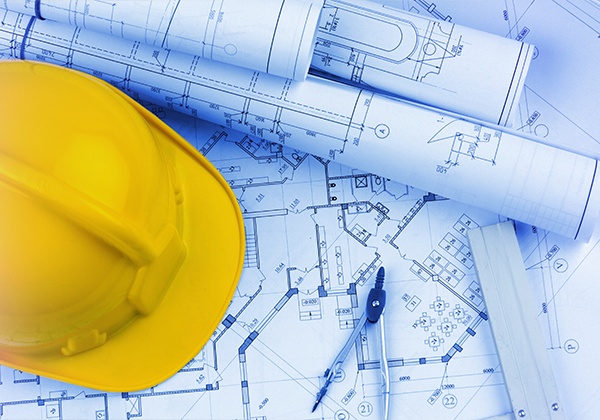How the design build method is boosting construction efficiency
June 03, 2025
From grade to roof, the design-build method is boosting construction efficiency in Canada
The design-build approach to construction is changing how the Canadian development industry does business, from grade level excavations to roof-top finishings.
Otherwise known as integrated project delivery, the design-build method is gaining popularity as it streamlines infrastructure, commercial real estate and housing development processes.
Unlike the more traditional design-bid-build approach – where design and construction are handled by separate entities – this model consolidates both responsibilities under a single contract. This saves both stakeholders and builders time on procurement and project management.
The Canadian construction industry really began embracing design-build plans on a wide scale in 2020, to contend with market forces that drove up materials and labour prices and delayed projects during the COVID 19 pandemic, and it seems the trend is here to stay.
Let’s break down the nuances and benefits of design-build construction.
Improved communication and innovation
There are two popular models under the design-build umbrella that differ in their approach to trade procurement.
The first is the best-value model, a two-step process where the owner identifies both qualitative and quantitative criteria – including expertise, experience and costs – to evaluate and select proposals.
Then there is progressive design-build, a similar but more iterative methodology, where project owner and designer collaborate or “progress” toward a design and contract price with the project team, including engineers, architect and contractors. This allows for more flexibility and even innovation during the design-build process.
Both models lead to time savings compared to traditional procurement strategies because they allow for ongoing dialogue, eliminating many miscommunications and changes in scope that can arise between the design and construction phases.
The project team works together from the outset, allowing for overlapping schedules, faster decision-making, and smoother transitions from one phase to the next. Clients benefit from a single point of accountability, which reduces disputes and streamlines problem-solving when issues do arise.
Cost efficiency
The design-build method doesn’t just lead to time savings.
With the same team handling both design and construction, project cost estimates tend to be more accurate from the start.
While owners may have to pay more upfront costs for design-build projects, they – and their designers – can avoid expensive project delays and change orders, reducing the risk of budget overruns and saving on administrative costs and overheads.
A more sustainable approach to construction, especially roofing
Green construction is becoming a national priority in Canada, and the design-build approach can help teams meet evolving environmental standards without adding to project timelines or budgets.
For instance, roofs serve both important thermal and aesthetic functions. They need to keep moisture out, heat in, and look good while doing it.
This makes roofs a target for implementing many green building practices, like installing energy-efficient roofing materials and integrating solar panels. Unless they want to face ballooning budgets and project interruptions, this requires designers and builders to coordinate from the start.
The design-build method is winning over stakeholders by creating efficiency in all areas of construction – procurement, budgets, timelines and even conflict resolution. It streamlines the development process while fostering communication and innovation between owners, designers and their teams.
The design-build method isn’t just a trend; it's a strategic shift in the construction industry, reshaping how buildings are conceived and completed in Canada.
